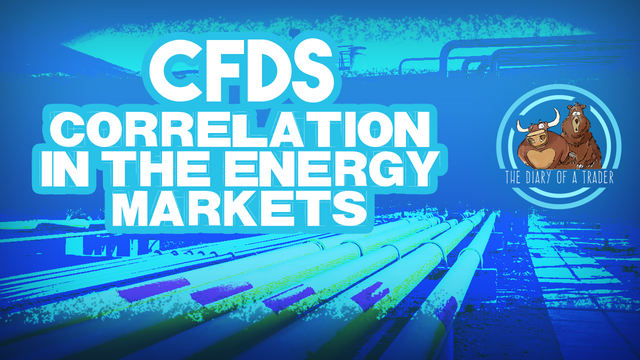Correlation in energy markets
When trading the CFD market, some things you should pay attention to that are a bit different than currencies is the correlation between sectors. For example, the energy markets, most likely to be expressed in US oil, UK oil, and natural gas will quite often move very similarly.
The most obvious correlation is between Brent (UK oil) and WTI (US oil) markets. They are both petroleum products, and simply a different grade of crude oil. When you look at the longer-term price movement, there is typically a bit of a spread between these markets, and they move in the same direction. However, typically one will be more expensive than the other. On the weekly chart that I have attached in this video it’s obvious that the West Texas Intermediate market tends to be a bit more volatile, but on the whole they tend to move in the same direction.
We also have the natural gas markets that a lot of CFD market makers will offer. While this market is a little bit disconnected from crude oil itself, the reality is that the underlying demand for energy will have a correlated effect across all of these markets. However, when you look at these markets, natural gas is a market that has an extreme amount of supply, so it does keep natural gas a bit cheaper. When looking at energy demand though, typically rising energy demand will drive all three of these markets.
And this brings me to my point: you need to be cautious about putting too much money to work in competing directions when it comes to energy trading. Overall, energy trading focuses on things like jobs numbers, industrial output, things along those lines that suggests that there could be more buying. Energy markets are a crucial part of CFD trading, and you should be aware that they do tend to move in tandem overall.



 Difference Between Hammer and Hanging Man 2023 [ Must Watch for Trader ]
Difference Between Hammer and Hanging Man 2023 [ Must Watch for Trader ]